So, remember when we built our 6" raised beds and propped them up on concrete blocks, before realizing that (duh!) 6" isn't actually enough space to properly grow most vegetables?
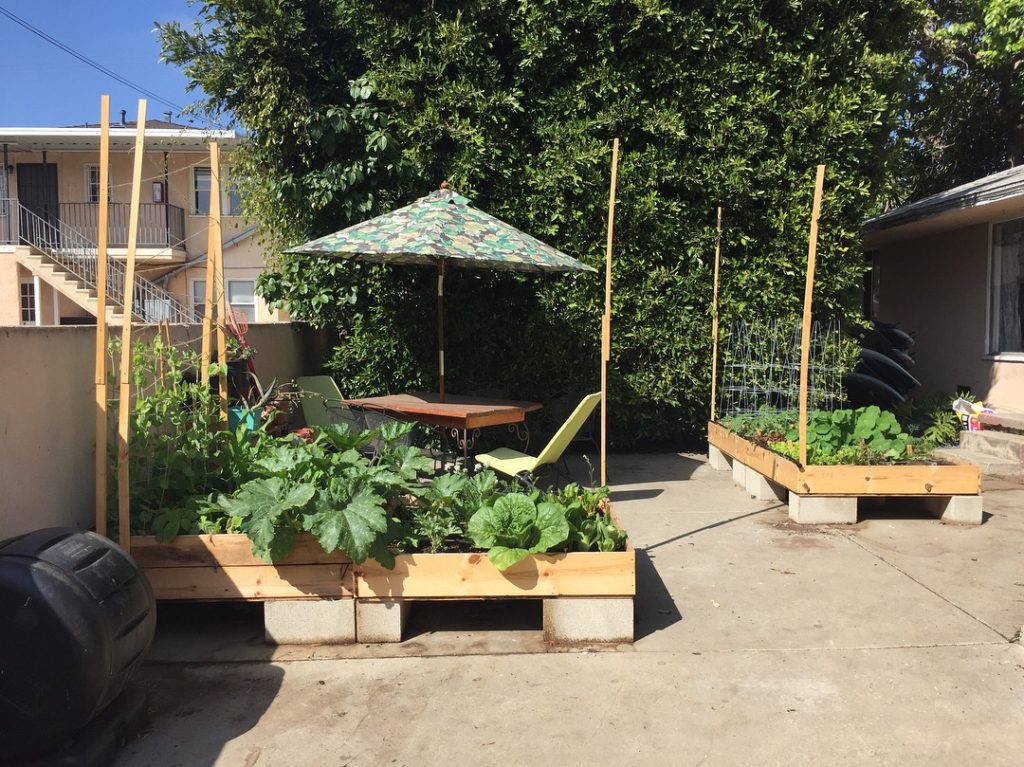
Well, after building them up to 22", we dropped them down to the ground and were left with 20 concrete blocks gathering dust in the corner of the yard. Or more specifically, gathering spiders, which I learned the hard way when I went to move them all for this project. "What does one do with 20 concrete blocks?" I wondered. And for all questions like this, there's only one logical place to turn. And that place is Pinterest!
I searched for "concrete block planters" and was assaulted with all manner of creative ideas for ways to put them to good use. There's one barren little area at the end of our driveway, next to our neighbors' house and right before you approach our garden/yard/patio/end of driveway, and it looked like the perfect candidate for a little herb and flower garden!
After consulting with Kristian on how I wanted it to look, he figured out the proper configuration and way to stagger the blocks to make it look nice and tiered. Then, I thought about what mature plants would look nice in particular holes. I had a vision of cascading nasturtiums covering up part of the grey blocks, and the tall basil and sage plants giving the area some height and adding a little interest up top. The finished result adds some nice color and dimension to this part of the garden that was previously barren and bland!
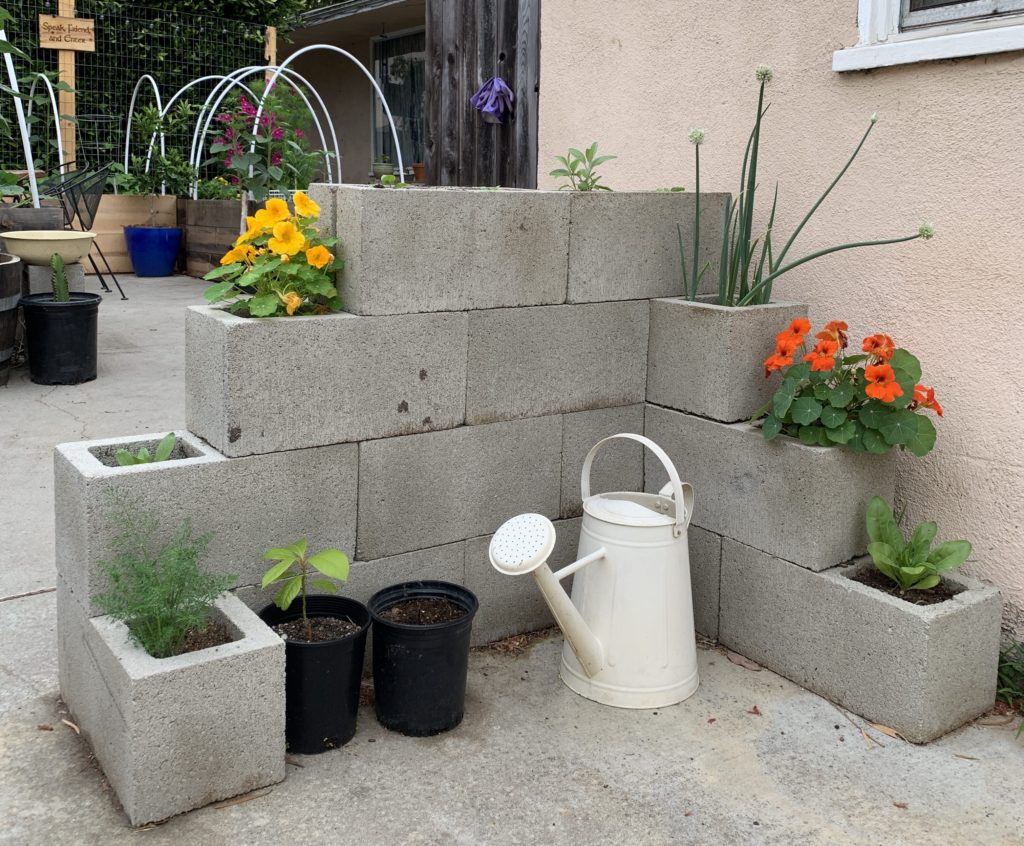
From bottom left we have: dill, calendula, nasturtium, basil, basil, sage, basil, scallions, nasturtium, calendula.
Now, I know some folks have raised concerns over gardening in cinder blocks, because of a potential issue with fly ash. I'm not a scientist, and if this is something that concerns you, I'd encourage you to do some thorough research and decide for yourself. However, after doing my own research, I came to the conclusion that cinder blocks are older and lighter, and the newer concrete blocks that we have are heavy as heck, and aren't made with fly ash.
Filling all of the holes with soil was a little tedious, and for the top level, we actually filled the bottom third with dried leaves to save us from using lots of soil that would inevitably never see roots touch it. Just a thought!
Let me know if you try this, and tag me on Instagram if you do -- @frontyardveggies!
P.S.: I legitimately never know the difference between cinder, cement, and concrete and sort of use them all interchangeably, but I know that's not correct. I wrote this whole post using "cement" instead of "concrete" and changed it at the last minute due to a quick search of Home Depot's website, which confirmed that what we have are, in fact, concrete blocks. ¯\_(ツ)_/¯

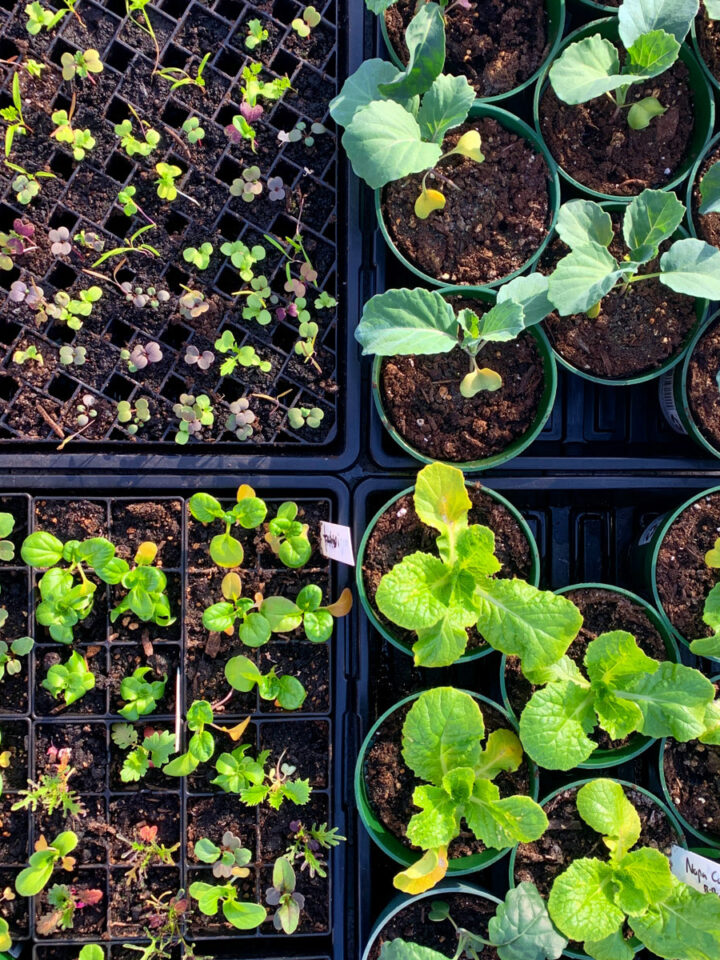

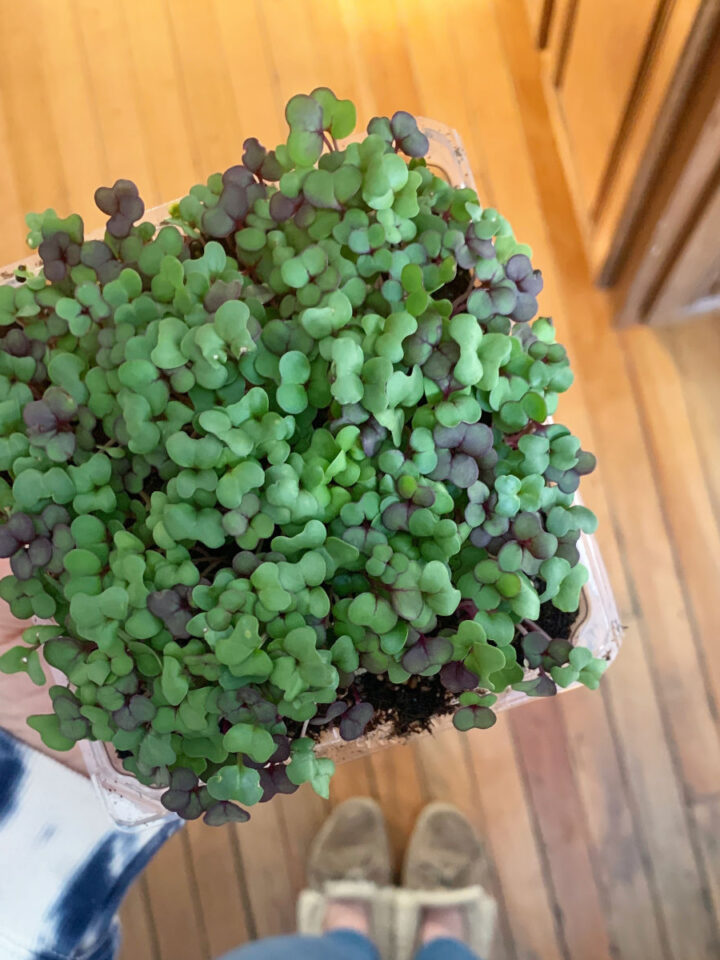
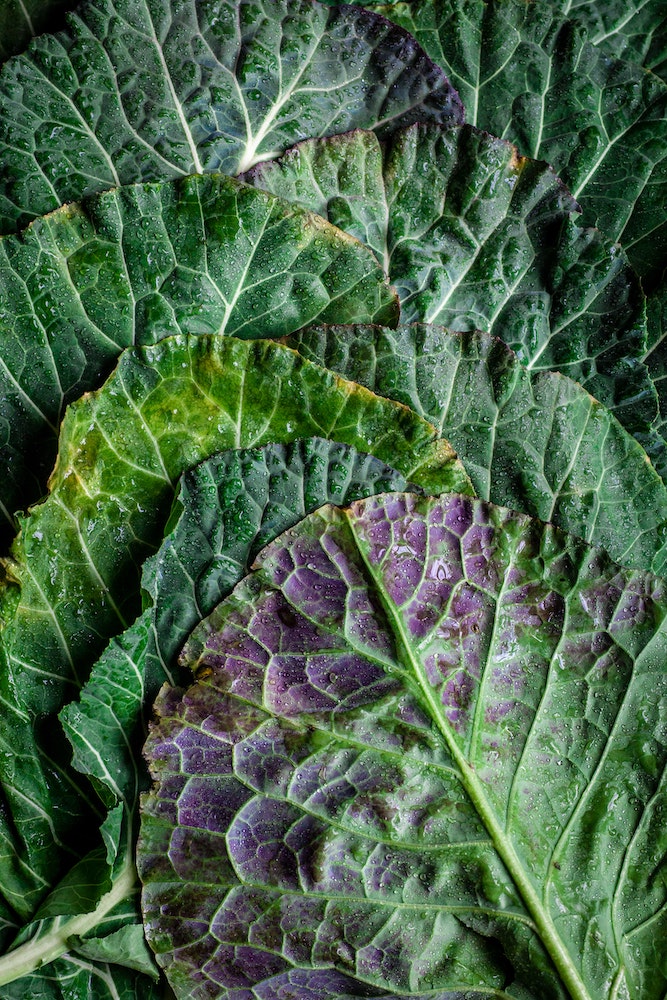
Leave a Reply